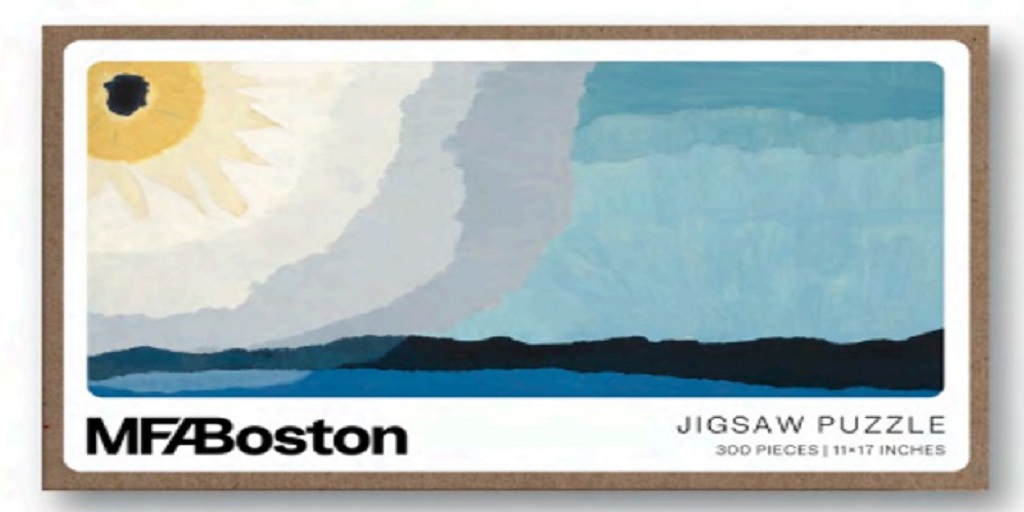You’ve probably seen a print of “The Great Wave off Kanagawa,” even if you don’t know its origins or recognize the name.
The original is a woodblock print produced by ukiyo-e artist Katsushika Hokusai (often simply referred to as Hokusai) in 1831.
It is one (and the most famous) of prints from his “Thirty-six Views of Mount Fuji” collection, which capture a series of likenesses of Mt. Fuji from different perspectives in woodblock prints.
Mt. Fuji is often seen as a metonymic representation of the people of Japan, or as the spirit of Japan as a whole, and it is from this that The Great Wave off Kanagawa draws much of its significance.
It is the perspective of the print that paired with the date of its creation is so telling. The scene is one of Mt. Fuji in the distance. Behind the mountain rise ominous cumulonimbus storm clouds.
The sea itself is also stormy. Great, roiling waves rock the boats in the foreground and dominate the attention of the viewer.
Despite the objectively minute nature of such a wave when compared to an indomitable massif like Mt. Fuji, from the perspective of the viewer, the wave is gargantuan. It not only towers over Mt. Fuji, but appears nearly to encircle it, as though it were going to break over it.
The sea, from which Japan draws much of its economy (and always has) also harbors the unknown and the threat of foreign influence. Just as the sea brought the Mongol invaders that were dispersed by the Kamikaze storms of the late 1200s, so too, from Hokusai’s perspective, must the sea appear poised, threatening to bring another foreign storm.
The 1800s were a period of great uncertainty and expansion for Japan as the country faced increasing external pressure to reopen its ports to trade. For over 200 years, from 1603, Japan had been dominated internally and externally by the policy of “Sakoku,” or “chained country,” whereby trade and travel were severely restricted
But by the early to mid-1800s, that was changing. American and European colonial influences were expanding rapidly and threatened to bring Japan into the modern world, by force or guile.
Indeed, hardly two decades passed from the time Hokusai completed “The Great Wave,” to the time Matthew Perry landed in Japan, effectively ending Sakoku through the Treaty of Kanagawa, an unequal treaty that coerced Japan to reopen its ports and participate in international affairs.
Ironically, and sadly, this treaty shares its name with Hokusai’s great work, adding a layer of irony and poignancy. Perhaps “The Great Wave” was as much prophetic as it was symbolic.
I’m Looking for High-Quality “The Great Wave” Art Puzzles, Totes, and Other Themed Gifts. Where Can I Get Them?
Acclaim and appreciation for Hokusai’s “The Great Wave off Kanagawa” are near-universal. Whether you love the art for its aesthetic balance or for its symbolic potential, it is a naturally appealing piece.
If you’re looking for a “The Great Wave” art puzzle, tote, or another gift for your home or for a friend, check out MFAShop.com. They carry a wide range of gifts themed after “The Great Wave off Kanagawa,” and also have an impressive exhibition coming up this spring that features this amazing artist.
Their collection includes vases, art puzzles, totes, napkins, scarves, ornaments, and much more. If you’re a Hokusai fan or simply appreciate the classic aesthetic of ukiyo-e prints, MFAShop.com has something for you.
Take a look through their collection; they also feature art gifts themed after famous works from Monet, Klimt, Van Gogh, and other internationally-renowned artists, in addition to art gifts such as paint-by-number kits, puzzles, and much more.



